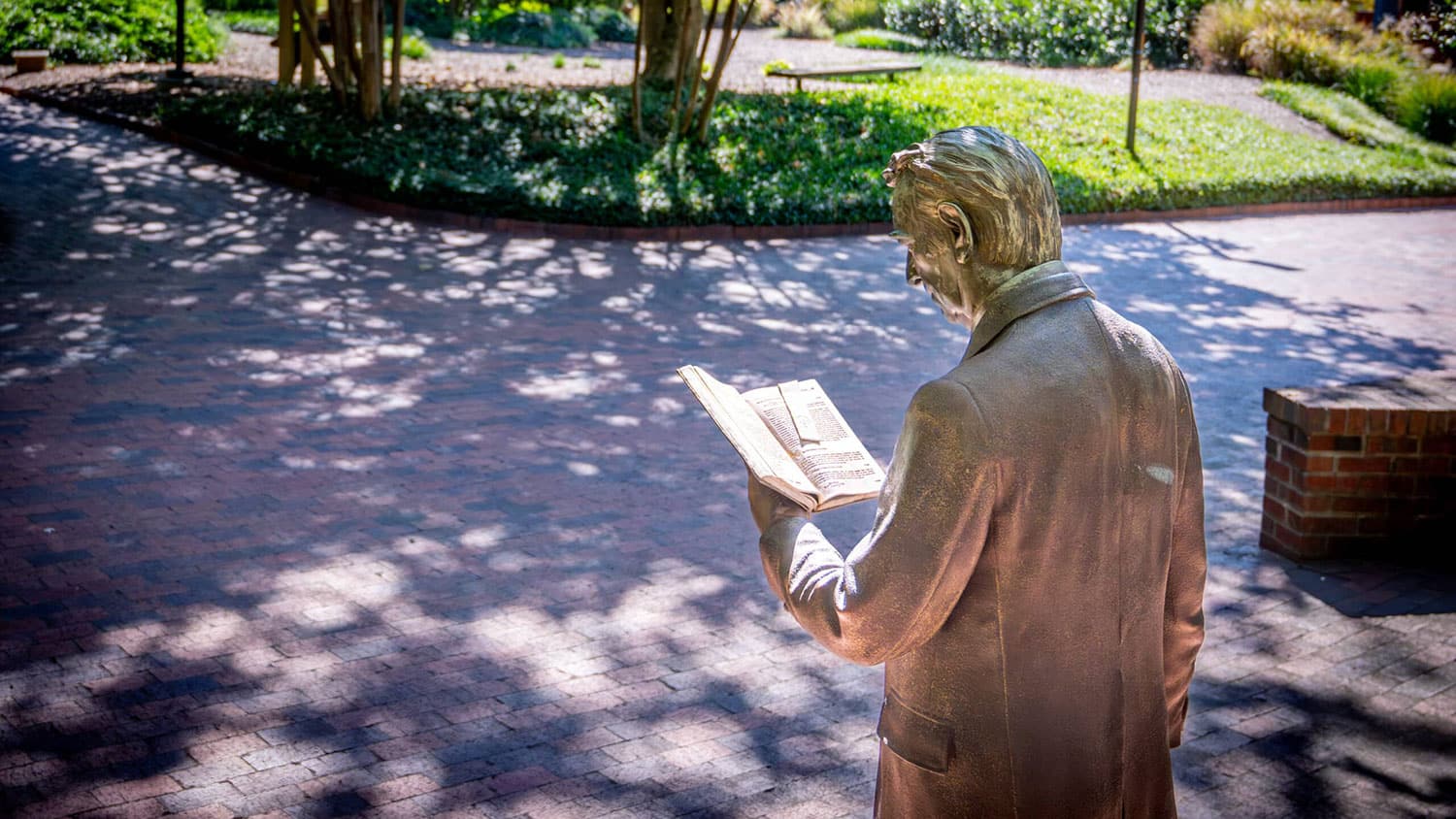Pack Hacks for Faculty: Making Videos for Fun and Learning

Welcome back to Pack Hacks for Faculty. Each month, a member of the NC State faculty will provide quick tips, advice and other insight to facilitate your teaching, research, scholarship or engagement activities. If you are interested in making a submission for a future Pack Hacks for Faculty, please contact provost-communications@ncsu.edu.
This month, David McConnell, a professor in the Department of Marine, Earth and Atmospheric Sciences (MEAS), talks about the versatility of videos for engaging classroom instruction.
Making Videos for Fun and Learning
 In MEAS, we teach several large class sections of an introductory geology course. For this course, we have designed a learning environment featuring a variety of active learning strategies that include small groups of students doing or observing activities and reflecting on and/or directly assessing their learning. A few years ago, we decided to reorganize the class in an effort to carve out additional time for active learning. Over three iterations of the class, we developed a “flipped” version of the course that had students completing online assignments before attending most classes. The goal of this approach was to have students process some traditional lecture content before class in order to use time in class to work on more challenging questions that would traditionally be presented as homework. Hence, some lecture and homework are “flipped.”
In MEAS, we teach several large class sections of an introductory geology course. For this course, we have designed a learning environment featuring a variety of active learning strategies that include small groups of students doing or observing activities and reflecting on and/or directly assessing their learning. A few years ago, we decided to reorganize the class in an effort to carve out additional time for active learning. Over three iterations of the class, we developed a “flipped” version of the course that had students completing online assignments before attending most classes. The goal of this approach was to have students process some traditional lecture content before class in order to use time in class to work on more challenging questions that would traditionally be presented as homework. Hence, some lecture and homework are “flipped.”
We decided to develop our pre-class assignments around short videos. Our first step was to explore the research on multimedia instruction before we became video producers. The review of research guided us toward syncing visuals and narration, using multiple modes of communication, minimizing redundancy by removing unnecessary text and effects, and using consistent formats for layout, sequencing and transitions between scenes. We focused on basic content (e.g., What is an aquifer? How to Classify Volcanoes) featuring material that had typically been presented in class. We also endeavored to align learning objectives, teaching activities, assessments and student reflection tasks. Additionally, we kept the videos short to account for findings that student engagement begins to wane if they last too long.
Yes, making the videos required quite a bit of work. We couldn’t just chatter over some interesting images and get the job done. Instead, we created storyboards to plan what we wanted to show and then wrote out a script to match our narration to corresponding imagery. We kept it relatively simple, as we used PowerPoint templates for much of our organization. We are relatively fortunate in that there is a lot of imagery in the public domain that we can use, otherwise we create our own visuals. Just like any document, before completion it needs a good edit. We learned how to edit the raw video using the program Camtasia to remove “ums” and “ahs” and keep each finished video to six to seven minutes.
It has been a bit of fun to turn our creative instincts in a different direction and make something that can be shared. We made the videos more widely available through a YouTube channel and we continue to add to the collection. For academics used to measuring success by slowly accumulating paper citations, we get a kick out of using YouTube analytics to figure out that each semester, more than a thousand people a day are sitting down to learn something about geology from our channel.
Perhaps you are thinking that reading about videos doesn’t do them justice. In that case, you might want to take a look at the video we made about flipping our class.
David McConnell is a professor in the Department of Marine, Earth, and Atmospheric Sciences in the College of Sciences. He can be reached at damcconn@ncsu.edu.
This post was originally published in Provost's Office News.
- Categories:


